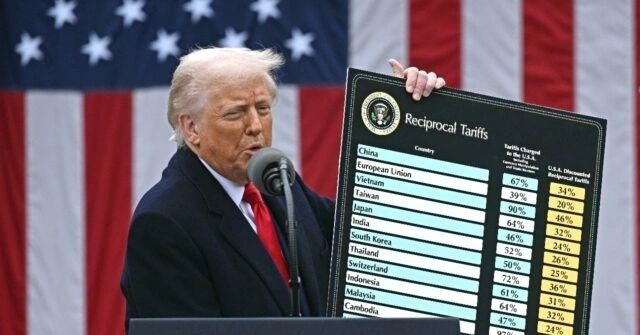US Trade Relations Face Uncertainty Amid Tariff Threats
In a significant escalation of trade tensions, President Donald Trump has announced that the European Union and Mexico could encounter tariffs as high as 30% beginning in August, if either entity retaliates against the United States. This warning underscores the ongoing battles regarding international trade and the complexities of current economic relationships.
Trade Tariffs and Global Impact
As the Trump administration navigates its “America First” policy, countries worldwide remain on high alert regarding the shifting landscape of tariffs. Recently, global markets have reacted to President Trump’s potential trade moves, creating uncertainty for businesses reliant on international trade agreements. The prospect of tariffs could disrupt supply chains and influence market stability in numerous regions, especially Asia.
The U.S. has also threatened Canada with tariffs that could reach as high as 35%. Sources indicate that these threats come alongside broader discussions about trade that may impact hundreds of businesses engaged in cross-border transactions.
Domestic Developments
Domestically, the Trump administration’s strategy is also visible within federal agencies, as the U.S. State Department has initiated layoffs affecting over 1,000 employees as part of a larger effort to streamline the federal workforce. This move reflects ongoing budgetary challenges and is expected to have widespread implications for the operations of the State Department.
In economic terms, recent reports highlight that the UK economy is showing signs of contraction, having unexpectedly shrunk for two consecutive months. This situation puts additional pressure on UK Chancellor Rishi Sunak, who may need to consider implementing tax rises to manage ongoing fiscal challenges.
Global Reactions to Tariff Threats
As these trade threats unfold, countries like Brazil are positioning themselves to respond. Following Trump’s declarations regarding tariffs, Brazilian officials have signaled a willingness to match U.S. tariffs in an effort to protect their own economic interests. Such moves emphasize the interconnected nature of global trade, wherein decisions made by one country can have cascading effects across international borders.
As Canada grapples with its stance toward U.S. trade relationships, it appears that some concessions may have been made to foster goodwill with the White House, though this has led to concerns about the potential impacts of increasing tariffs on both sides.
Overview of Increasing Tariff Rates
| Country/Region | Proposed Tariff (%) | Effective From |
|---|---|---|
| European Union | 30% | August 2023 |
| Mexico | 30% | August 2023 |
| Canada | 35% | TBD |
Conclusion
The landscape of international trade is in a state of flux as Trump’s administration continues to issue new tariff threats, creating unrest not only in the U.S. but across various economies around the globe. Observers will keenly monitor these developments, as the implications of these tariffs could reshape industries and economic relations for years to come.

